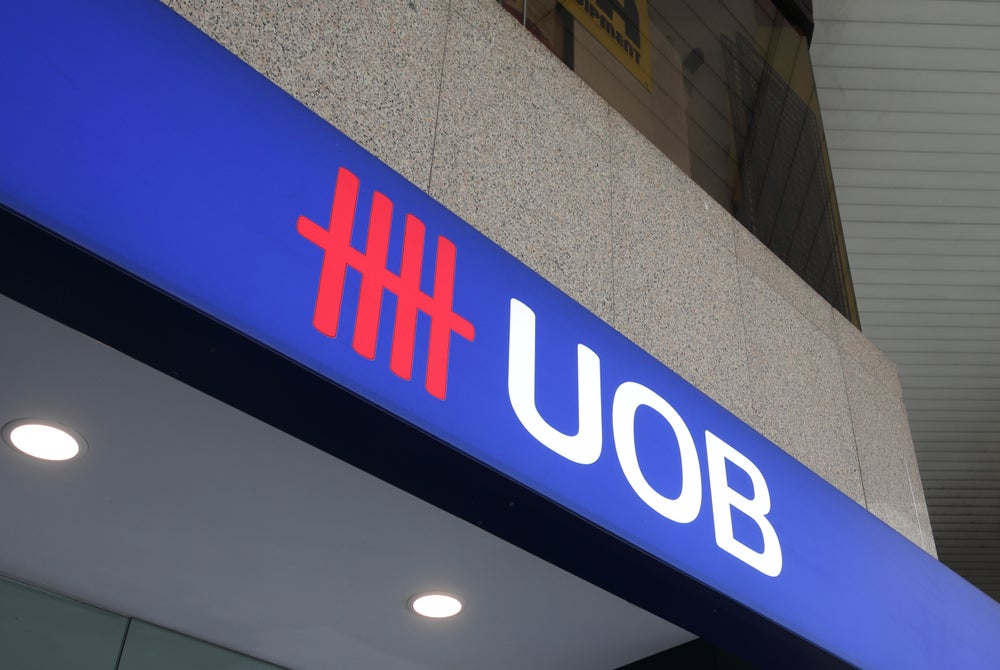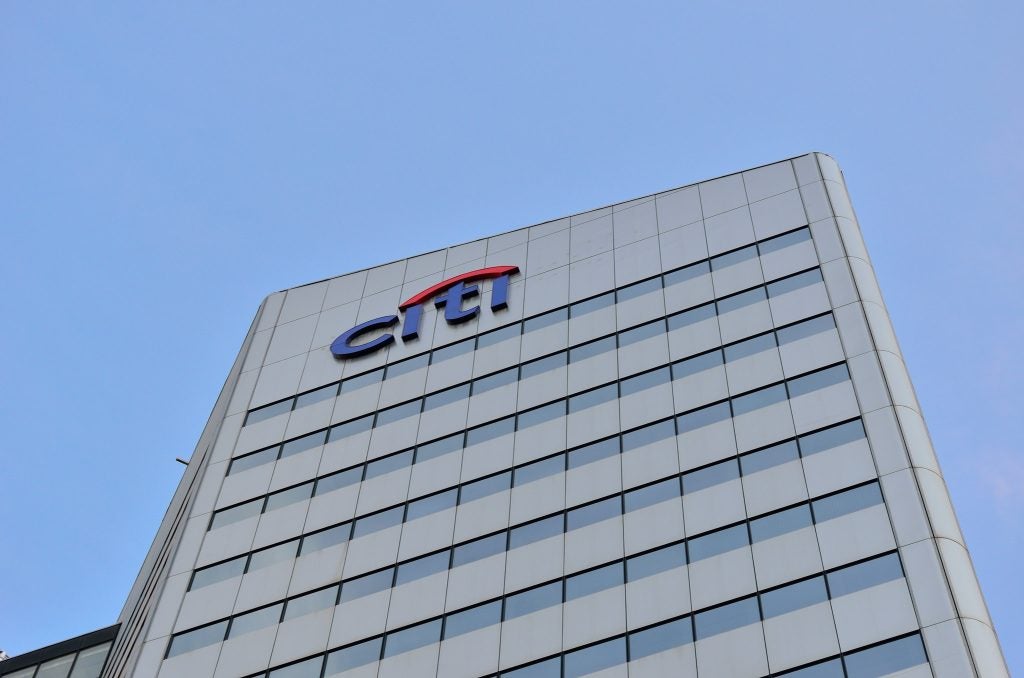to realise that improvements to client reporting systems and client
relationship management technologies could represent a more
practical way of improving business than hiring or training more
employees, reports Dan Jones.
More advanced software allowing for the automation of key processes
is seen by wealth management executives as the best way of scaling
up their business and alleviating risk, ranking ahead of personnel
initiatives, according to new research. Client relationship
managers (CRMs) are already at a premium, particularly within the
mushrooming Asian markets, but wealth management firms believe
improved technology will enable them to steal a march on their
rivals in 2008, US IT software developer NorthStar contends.
Attracting and retaining top managers via platform solutions, as
well as compensatory measures, is a central strategy for achieving
revenue targets this year, according to a study by NorthStar
covering 161 wealth management executives from private banks and
wealth management companies focusing on high net worth individuals
(HNWIs).
Strong platform
Indeed, the proportion of executives who assert that “a strong
wealth management platform is critical to growth” is on the rise,
with 88.3 percent agreeing or strongly agreeing with this statement
in the 2008 poll. NorthStar compares this to the 82 percent who
made similar assertions in a 2007 survey conducted by software
developer SEI.
A follow-up study conducted by SEI in December revealed that 70
percent of relationship managers themselves are also of the same
opinion. “It is clear that wealth managers will not win the ‘war
for talent’ by simply buying talent,” said David Campbell, senior
vice-president of strategy and innovation for SEI’s private banking
business. “Rather, they need to create an environment, supported by
the right tools, which allows [relationship managers] to
succeed.”
How well do you really know your competitors?
Access the most comprehensive Company Profiles on the market, powered by GlobalData. Save hours of research. Gain competitive edge.

Thank you!
Your download email will arrive shortly
Not ready to buy yet? Download a free sample
We are confident about the unique quality of our Company Profiles. However, we want you to make the most beneficial decision for your business, so we offer a free sample that you can download by submitting the below form
By GlobalDataAs with the shortage of CRMs, an absence of automated operations is
likely to prove especially significant in the context of banks
looking to maximise their penetration rates within Asian markets
this year. The number of dollar millionaires in China, for example,
now stands at about 800,000 – a fact that is likely to have spurred
on UBS, HSBC and Standard Chartered, all of which began offering
private banking services in China last year. A recent study by the
Boston Consulting Group projects an annual growth rate of 17.4
percent within the Chinese wealth market over the next five years,
but banks are unlikely to be able to take advantage of this
flourishing demand unless process efficiency gains are made.
“We believe that front- and particularly back-office operations
will face a bottleneck and a potential operational crisis as early
as in the coming year if they don’t automate the funds transaction
process,” says Kelly Tallas, CEO of WealthCraft Systems, an IT
services provider for the finance industry.
As an example, WealthCraft notes that many wealth managers are
still reliant upon manual intervention at all stages of fund
transactions – order, confirmation, pricing, reconciliation and
exception processing. Efficiency gains are paramount, especially
for those looking to capture a greater chunk of the demanding
ultra-high net worth (UHNW) client sector.
WealthCraft sees 2007 as a “transitional” year for the wealth
management industry’s use of information technology, but forecasts
that making improvements through IT will now become a
necessity.
As it stands, the absence of cutting-edge technology is
unsurprisingly proving to be a point of some concern for wealth
managers, 75 percent of whom are either somewhat frustrated or very
frustrated with their existing software, NorthStar notes.
Integrated solutions
But it is integrated solutions rather than CRM-focused technologies
that wealth management executives believe should be at the top of
the agenda. Exactly half of all respondents suggest that an
integrated adviser desktop is the most important software
technology investment that can be made in 2008, compared with just
11.7 percent who point to investment in CRM systems. Ten percent
recommend portfolio accounting, with a combined 28.3 percent either
uncertain or opting for other software.
The desire for front-end solutions is reflected in a separate
report from IBM and IT company Actuate, which emphasises not only
the need to update systems, but also the necessity of adapting to
an environment in which clients have already shown themselves to be
familiar with the way that technology and investment can be
combined to maximum effect. Clients are increasingly ready and able
to track their own investments across a broad base of assets via
real-time information available online; this in turn is raising
expectations regarding the levels of service that a wealth manager
should be providing. Yet according to a study produced in 2007 by
PricewaterhouseCoopers (PwC), just 5 percent of CRMs are perceived
as being highly competent in IT by their chief operating
officers.
“As these clients continue to seek accurate online access to
performance information with dynamic tools for self-analysis, the
relationship manager needs access to an even higher level of
information manageability, so that he can tailor, contextualise and
drive the value of the information and service he provides to the
client,” the Actuate report observes.
Previous studies indicate how technological developments infuse
other areas of client satisfaction. Increasingly, brand has become
crucial to attracting new clients, with 93 percent of respondents
to the 2007 PwC study asserting that they believe this to be the
case. Actuate adds that image and reputation are understandably
also high on the list of qualities sought by prospective clients,
but the report goes on to question how banks expect their brand to
be displayed in a positive manner if client reporting proves itself
to be inaccurate or irrelevant.

The efficiency drive
In any case, software developer Odyssey Financial Technologies
suggests that wealth management executives who are not yet
convinced of the need to improve their application platform may
find their hand is forced by regulatory requirements, while mergers
and acquisitions could also hurry along the need to upgrade
technological capabilities.
These trends were already seen to be at the fore in 2007, according
to Odyssey, when service-oriented architecture (SOA) and
human-centric workflows both began to utilise multiple data sources
to provide a single front-end application. The implementation of
the EU’s Markets in Financial Instruments Directive (MiFID) –
legislation to harmonise rules governing the financial services
industry – was also a major IT project over the course of the
year.
One additional development established in 2007 complements private
banks’ desires to improve efficiency through technological
advancement, says Odyssey’s Fabrice Bidard, product marketing
manager in charge of technology. The introduction of new products
aimed at an SOA was widespread, with the likes of IBM, Microsoft,
Sun, Oracle, Software AG and SAP all announcing product lines to
this end. SOA will now be combined with business intelligence,
business process and business rule management to design new
application platforms.
Odyssey envisages that 2008 will see a continuation and an
extension of these pilot projects, notwithstanding a volte-face as
a result of the current financial outlook, IT recruitment often
being an early casualty of firms’ belt-tightening activities.
For offshore banks, security will continue to be a strong
investment area. Improved security functions such as data
encryption and federated user provisioning will also have a role to
play in relation, respectively, to business process outsourcing and
extension of user population to independent fund managers or
advisors.
In terms of private banking, the trends will be fourfold, Odyssey
believes. First, business processes focusing predominately on
customer data acquisition, validation and compliance automation
will be implemented using multiple back-end applications. Second,
these multiple back-end applications will be combined to produce
improved workflows, theoretically through a single front-end
application. Third, data centres will be restructured in line with
the new virtualisation or consolidation practices and greater
processing requirements. Finally, new instruments such as
near-real-time dashboards, analytical tools and what it calls
“business alert mechanisms for contacting users through multiple
channels”, used to speed up decisions, will all be provided to
end-users.
“Financial institutions will realise that CRM and client reporting
systems can deliver competitive advantages, enabling them to
differentiate themselves and build customer loyalty by fulfilling
ambitious growth expectations for their clients in the wealth
management sectors,” says WealthCraft’s Tallas.

The year ahead
In a broader context, there are key objectives for wealth
management firms in 2008, according to NorthStar: to differentiate
their firms based on better service, better brand and reputation as
well as offerings; to retain clients by providing more proactive
advice and performance aligned to clients’ goals; and to attract
and retain top wealth managers through compensation and platform
solutions (resources and tools to help wealth managers do their
job). For wealth management executives, a strong wealth management
platform is key to growth and this should be facilitated through
further investment in the front as opposed to the back
office.
The Actuate/IBM report agrees that one way of meeting these
challenges would be to use client reporting to stand out from the
crowd. The study notes that this is easier said than done due to
the technical requirements involved, not least the combination of
next-generation internet technology – the so-called Web 2.0 – with
more conventional automated processes.
Identifying and implementing client reporting improvements, then,
are two very different things, and Actuate says it is a
‘Google-like’ client reporting experience that will satisfy
customers looking for a comprehensive service. Clients must be able
to see the performance of their portfolios in a historical context
and in relation to other asset classes, and this must be provided
in a fully customisable view to take into account individual needs
and preferences. Goal-based rather than fund-based views of
progress must also be available, Actuate adds, as well as
hypothetical projections and scenarios.
Institutions may find that the regulatory burden is also greater
should their systems’ technological failings make it unclear
whether they comply with MiFID and other directives, the report
cautions.
Away from technological concerns, the industry’s prevailing
attitude is a positive one: 61.7 percent of wealth management
executives believe that growth will be in the double digits this
year. While this figure is lower than the 74 percent of similar
wealth managers who achieved double-digit revenue in a 2006 SEI
poll, market volatility could yet benefit firms as more HNW
investors come back into the fold. Says NorthStar: “HNW investors
who don’t currently use an adviser are more likely to seek advice
in 2008, and they are more likely to seek advice from wealth
managers versus traditional advisers or generalists.”
Along with the more holistic advice that they are able to provide,
wealth managers’ access to technology makes them increasingly
attractive to HNWIs, NorthStar declares. Combining these qualities
is at the forefront of the industry’s IT aims for the year
ahead.
“Technical demands include pulling together reliable, accurate
information from multiple sources to present a holistic, customised
view of the performance of a range of products; and ideally
delivering that information in real-time, using the latest Web
2.0/rich internet application technology, to offer the most
sophisticated and dynamic interactive web experience,” comments
Todd Paoletti, director of customer self-service solutions at
Actuate.
Unsurprisingly, it is the bigger players who are best placed to
take advantage of the need for greater technological investment,
heaping pressure on smaller institutions to follow suit. The recent
PwC study reported that almost 90 percent of CEOs believe that
“some, if not significant” consolidation is set to materialise in
the near future. A raft of consolidation would also be likely to
hurry along technological improvements, with firms forced to update
their architecture in order to deal with an influx of new users and
customers.







